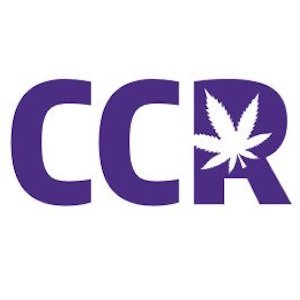The University of Washington Center for Cannabis Research (UW CCR) was created in 2017 as a coordinated and centralized effort for Cannabis research across disciplines. Its mission is to foster innovation in Cannabis research and solidify science to address pressing Cannabis-related questions.
Presenter
- Nephi Stella, UW CCR Director
